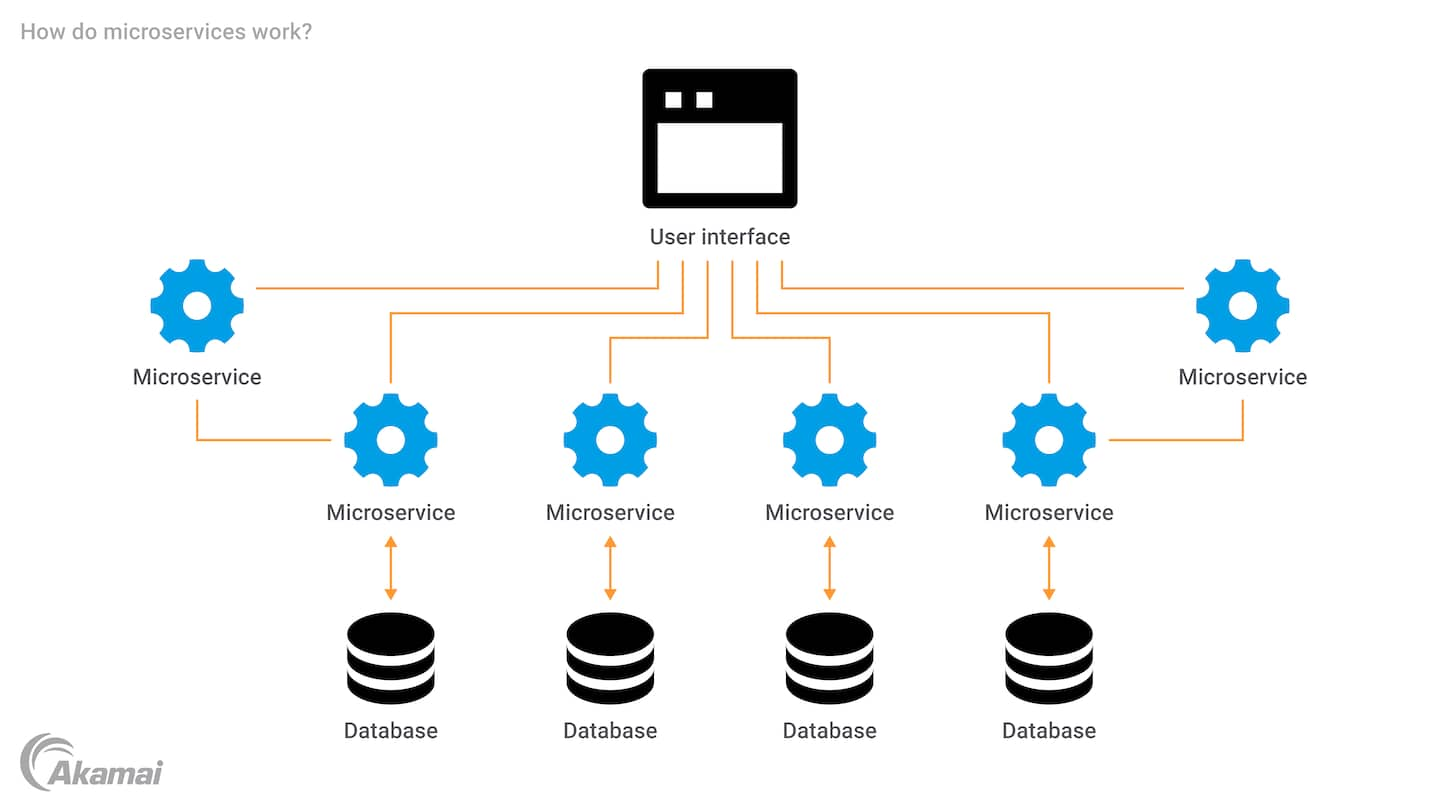The rise of software as a service (SaaS) apps and the widespread adoption of containers have created a growing demand for more efficient development methods. In response, applications themselves are changing — from monoliths that do many things well to distributed collections of independent services that address specific functions.
Some major benefits that microservices offer include:
1. Improved reliability
Each microservice performs a single logical function within the greater application. For this reason, developers provide updates that are isolated to just the service that needs the changes. Typically, there is a well-defined interface between microservices within an application. As long as that remains intact, the application can remain functional even as changes are being made in real time.
2. Reduced development time
Individual services provide a well-defined set of functionality for each component that can be built around specific requirements. This makes it simple to horizontally scale development efforts across multiple teams. And it makes it easier to quickly update or add new features.
3. Increased application functionality
Development teams are able to create individual components that can be reused in multiple contexts. They can create new applications that accommodate a broader array of users and deliver deeper functionality without duplicating efforts.
4. Loosely coupled resources
The architectural style allows each microservice to serve multiple applications and interfaces, reducing the number of custom implementations for developers. The independent design also means that changes to one microservice won’t impact another. However, this also means that load balancing is required to manage requests, both on the client and server sides.
Ultimately, microservices enable developers to focus on their applications’ specific functionality and avoid development issues that can arise from coupling multiple applications together. By breaking down an application into manageable pieces, developers can take advantage of new software development techniques, such as automated testing, to deliver high-quality results more quickly than ever before.
Microservices are also easier to maintain because the associated services are self-contained. All dependent services run on their own platform with separate management tools, providing more consistency. It also makes managing the entire collection of related components easier than if they were embedded in a larger monolithic application.


